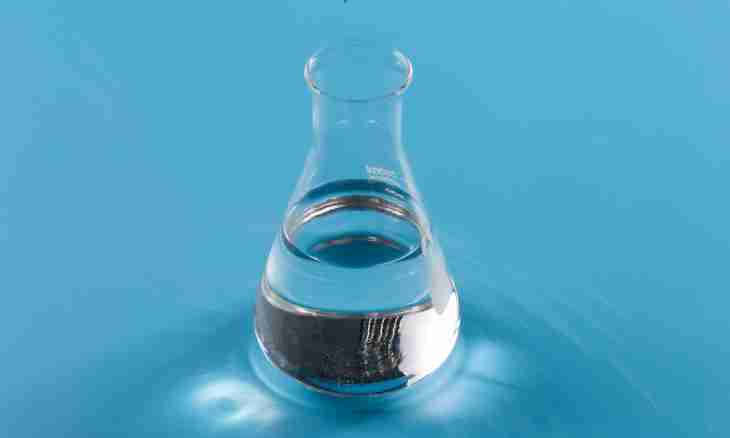Salt, or chlorohydrogen, acid has HCl formula. It is possible to distinguish it in several ways. For this purpose it is necessary to use some physical and chemical properties of this connection.
Instruction
1. For a start make sure that the studied solution is acid. The most elementary way to achieve the objective is to use the indicator. For example, litmus and methyl orange in the acid environment will become red, phenolphthalein will remain white.
2. Further study what is available to your look. Hydrochloric acid smokes (the easy white smoke similar to steam appears), especially in damp air. Having looked narrowly, you definitely will notice this property. Only do not forget about care, otherwise you risk to get burn of skin, mucous membranes or airways. Besides, this connection possesses a pungent unpleasant smell. But if you decide to use similar sign, then surely observe safety measures (careful waves of a palm direct air to yourself, do not bend to capacity and deeply do not inhale).
3. Then take small glass (it is possible subject) and drip two drops: one - the studied acid, another - ammonia solution (sal ammoniac). If acid - salt, then appears white smoke (chlorohydrogen acid in number of one drop will not soar). The following reaction with formation of chloride of ammonium proceeds: NH3 + HCl → NH4Cl.
4. It is also possible to use one more chemical property. To carry out reaction of interaction with strong oxidizers (potassium permanganate, manganese dioxide) which is followed by release of gaseous chlorine: 2KMnO4 + 16HCl → 5Cl2 ↑ + 2MnCl2 + 2KCl + 8H2O. The light smell of chlorine will help you with definition.
5. Use the most indicative method - reaction with silver nitrate. With unknown acid add 2-3 drops of nitrate of silver to a test tube (AgNO3 leaves black spots on skin therefore it is better to work in gloves). Emergence of the white deposit reminding cottage cheese chloride ion will obviously demonstrate existence. Reaction proceeds as follows: AgNO3 + HCl = AgCl ↓ (curdled white deposit) + HNO3. After a while the deposit will stiffen, forming a raid on test tube walls.

